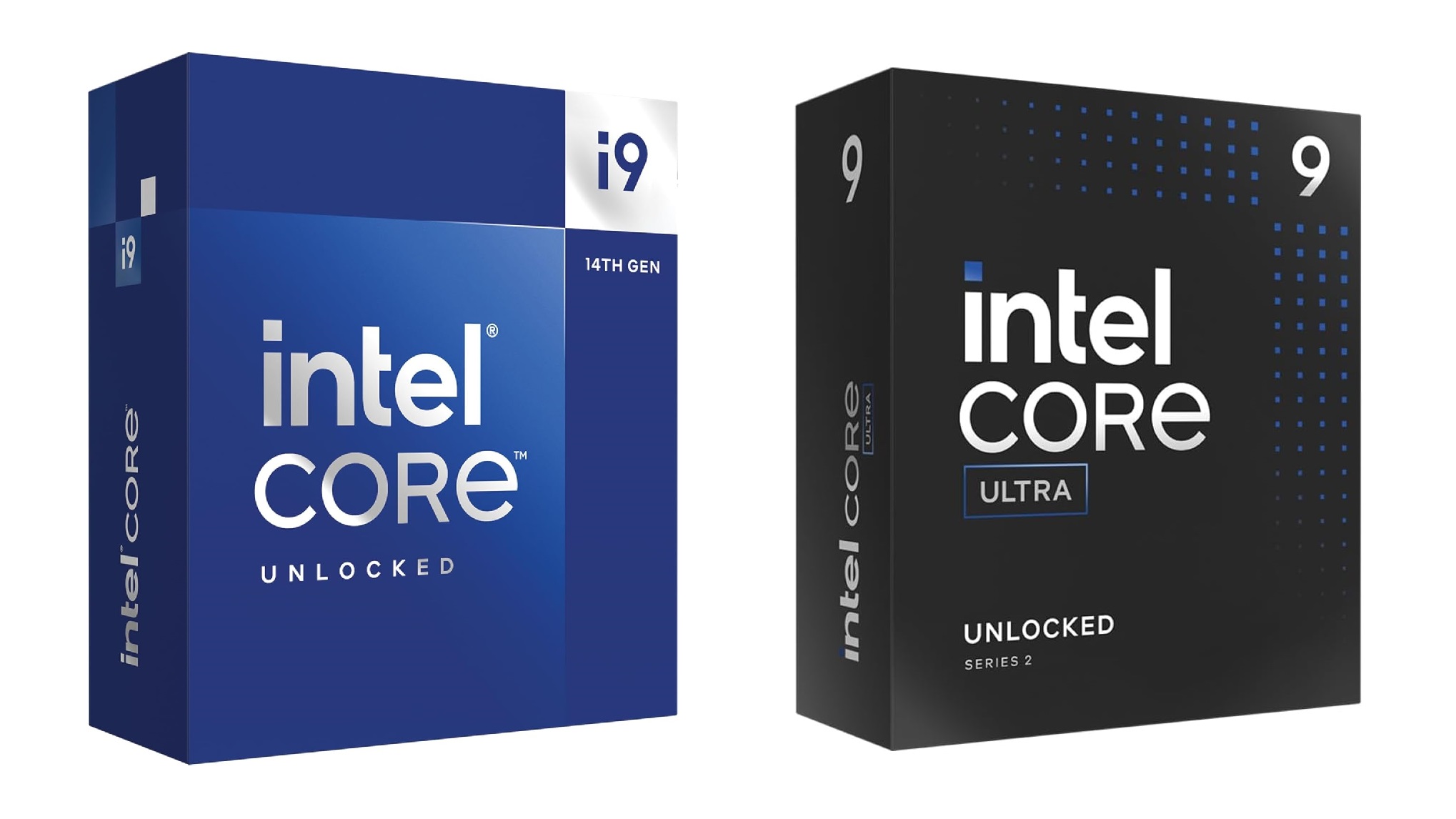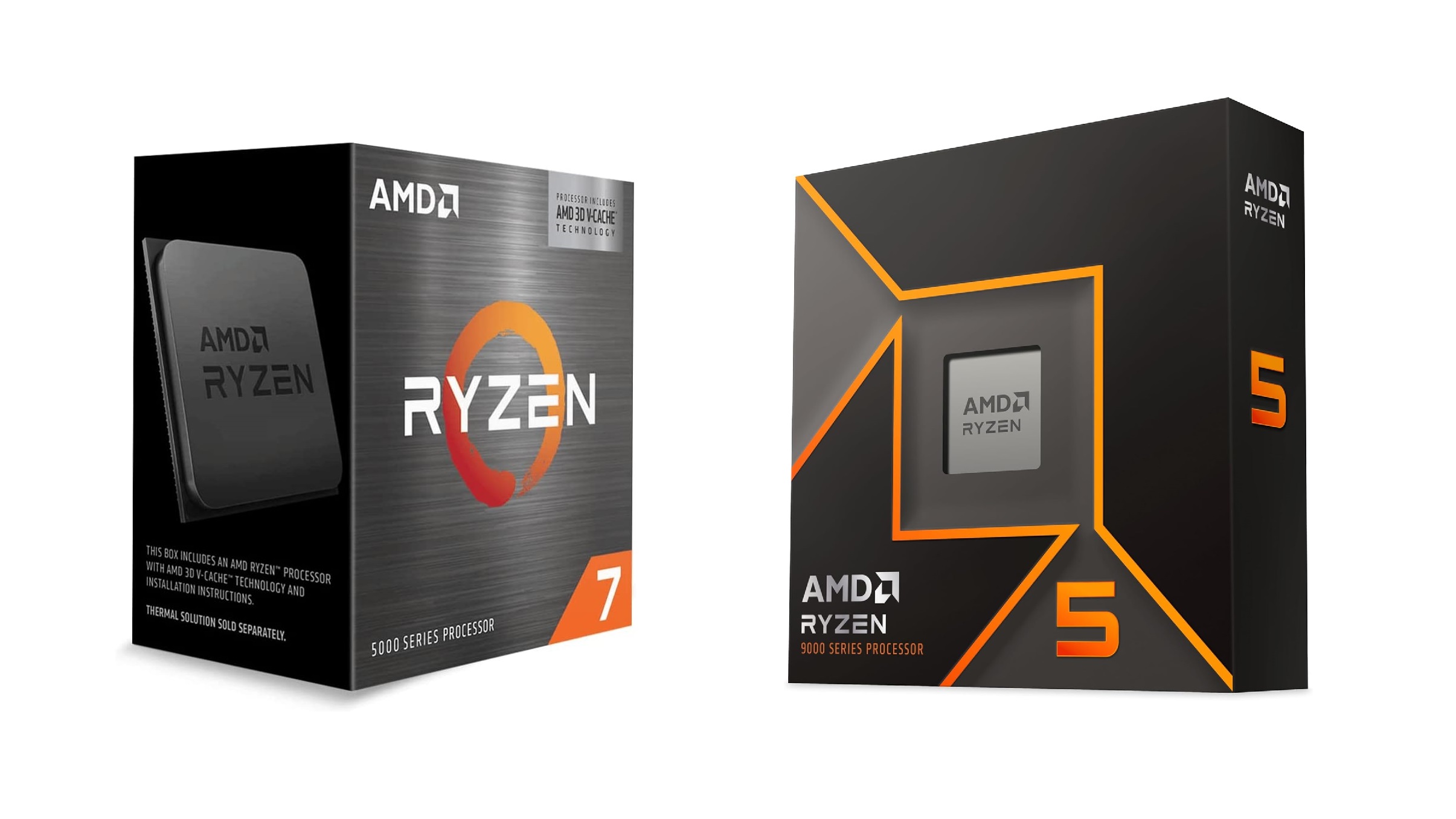Gemini Live is a powerful solution for integrating real-time AI voice into your app. Before you dial in, here is what you need to know.
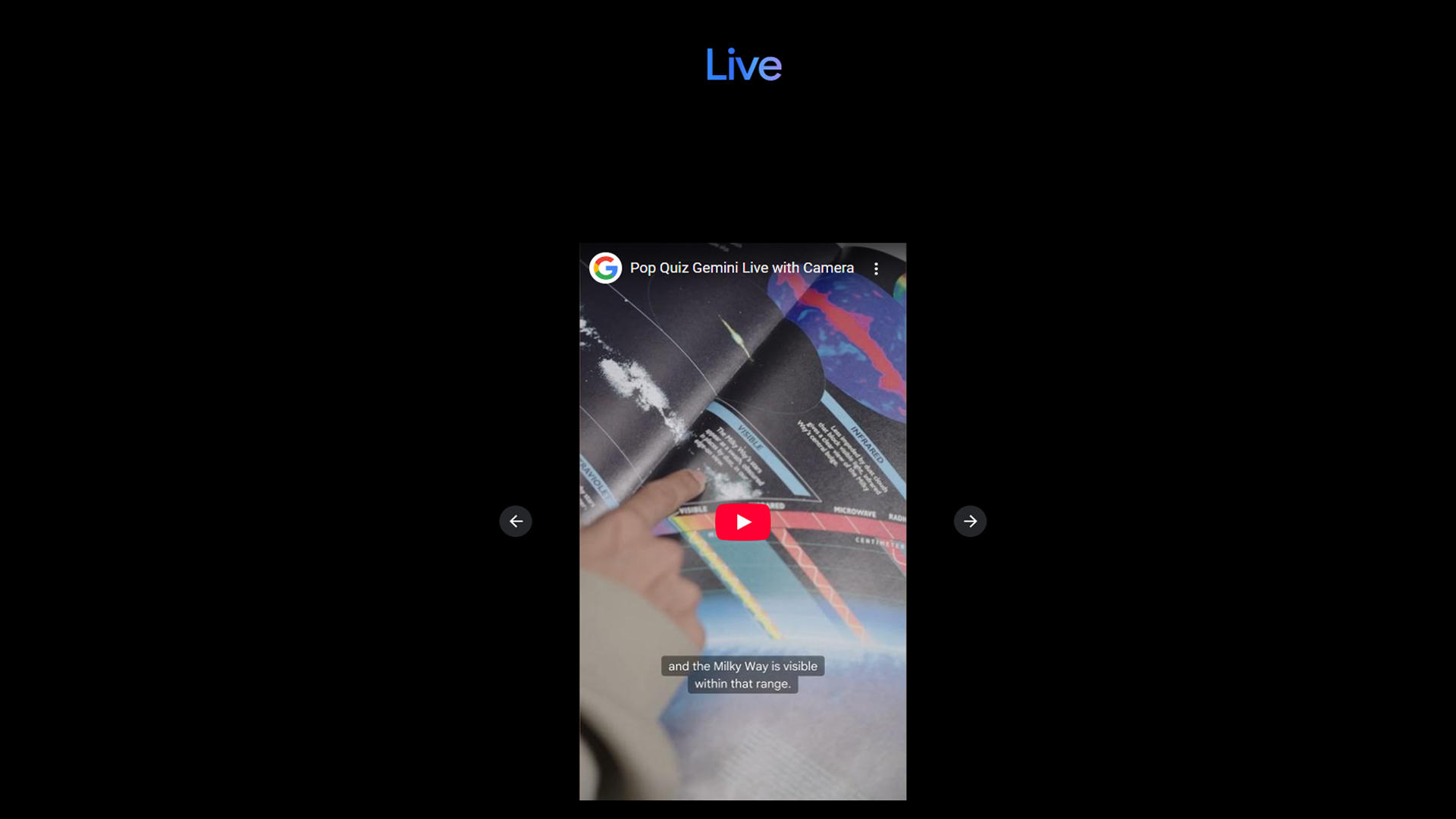
Gemini Live is Google’s real-time voice assistant experience, which is provided by its Gemini AI models (formerly known as Bard). Think of it as a more innovative, intelligent, and dynamic version of Google Assistant, but with the ability to converse like a human being, like it can see, hear, and respond in context to what you are doing. Now, before jumping to implement the Gemini Live API in your application, you must understand what features it offers and the factors to consider. A few of which are mentioned below.
Note: This article does not demonstrate step-by-step Gemini Live Integration. The process is quite complex and requires setting up things like real-time audio/video streaming, WebSocket management, media format conversion, and more. Covering these steps from the ground up will make this article extensive. If you want hands-on tutorials and sample code, you can find in-depth technical walkthroughs in Google’s official documentation and sample projects.
What Gemini Live Offers
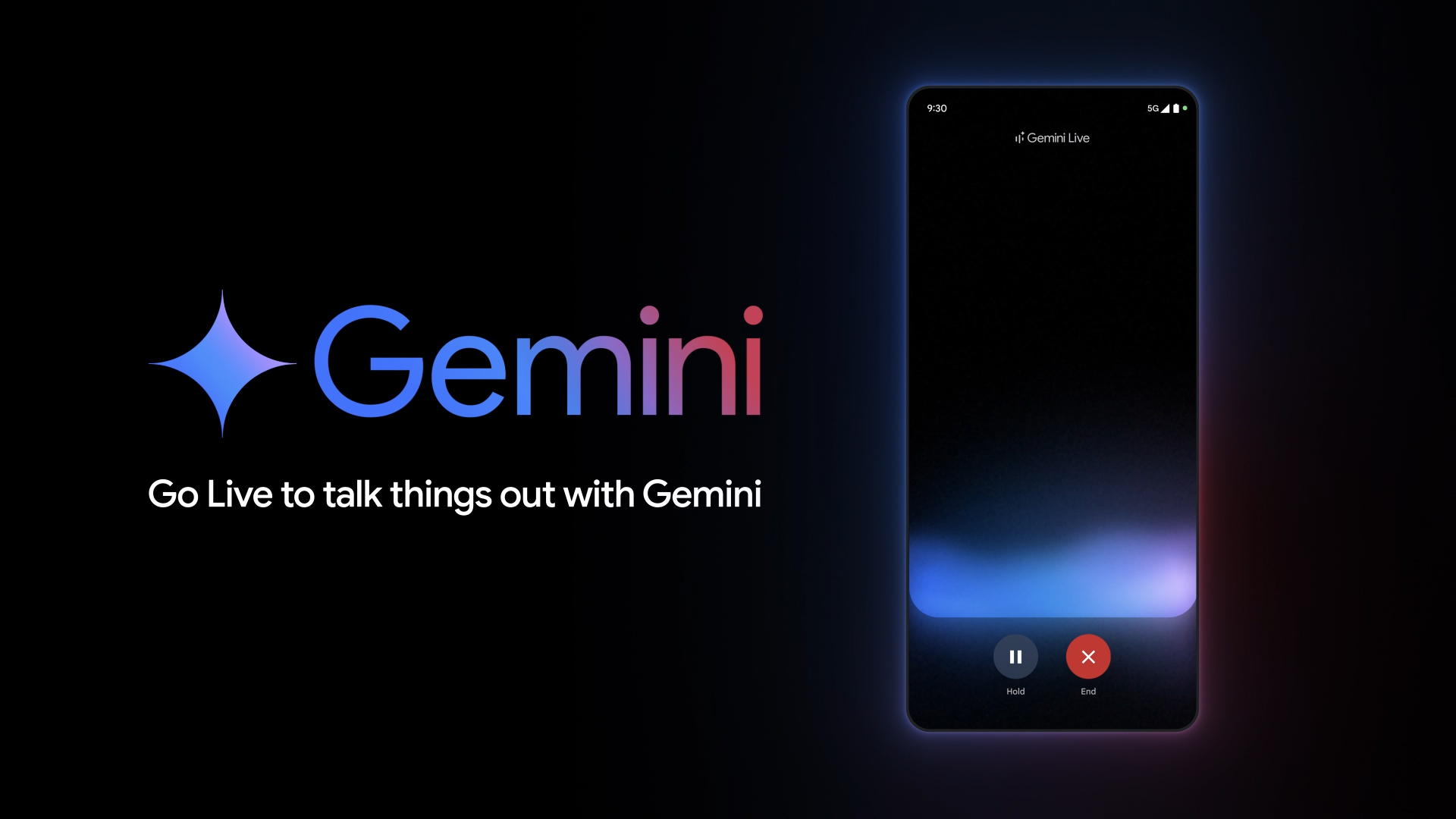
Gemini Live API provides low-latency bidirectional voice and video interactions with Google’s AI models. This allows users to talk naturally with the AI, more like a human would. Here are a few things you can do other than just talking.
- Real-time text, audio, and video processing
- Real-time speech interruption, even in mid-response.
- Multi-language support with 31 languages available
- Choose between 8 different AI voices for responses
Many smartphone manufacturers are currently offering Gemini Live as a trial so that users can get a general idea of the tech’s capabilities.
Cost Considerations
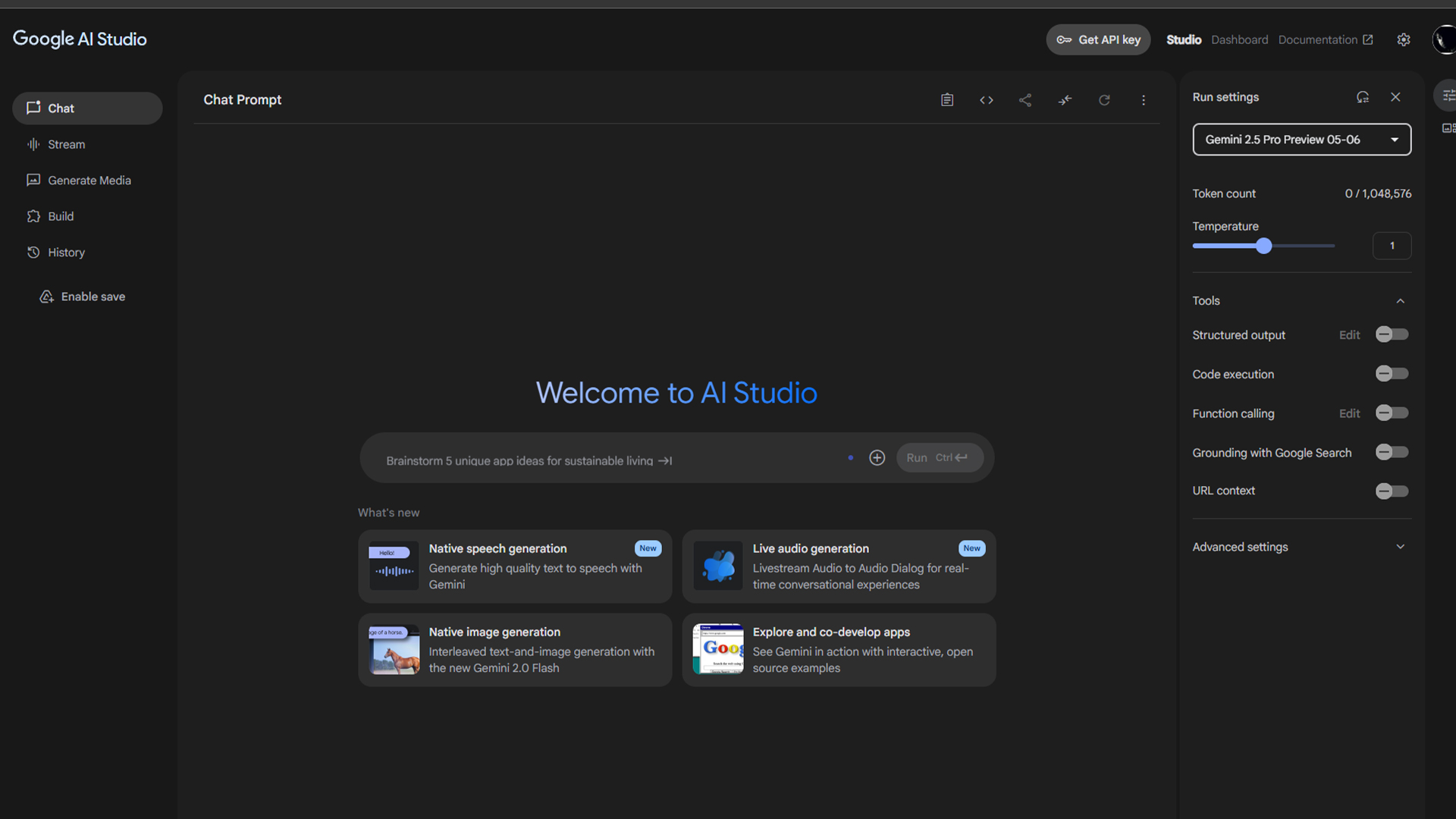
Understanding the pricing structure is extremely important, as using it without proper reasoning will result in absurd bills. For starters, you need to know that Gemini Live API uses a token-based pricing structure, such as:
- Input costs: $0.5 per million tokens of text input, $3 per million tokens for audio or video input
- Output costs: $2 per million tokens of text output, $12 per million tokens of audio output
- Free tier vs. paid tier: Free tier provides a general idea, pro tiers are the real deal.
Technical Requirements
The Live API uses a streaming model over WebSocket connections, which requires specific technical considerations:
- Connection handling: You’ll need to establish and maintain WebSocket connections
- Programming languages: SDKs are available for Python, JavaScript, Android, iOS, and other platforms
- Authentication: Requires either a Google API key or service account credentials
- Audio format requirements: You need to convert audio for voice input to 16-bit PCM, 16 kHz, mono format
The API structure follows a session-based approach where you first establish a connection and then exchange messages with the server. As mentioned earlier, the process is quite complicated. For deeper insights, refer to the official documentation.
Limitations to Be Aware Of
Before integration, understand these constraints:
- Session length: You start with a default session length of 10 minutes, but you can extend it in 10-minute increments.
- Context window: Limited to 32K tokens per session
- Rate limits: The free tier restricts most multimodal capabilities and caps your access to advanced features
- Tool support: Different Gemini models support different tools (like function calling, code execution, etc
Conclusion
Integrating the Gemini Live API can drastically change your app’s capabilities. Features such as natural voice, along with the other benefits the API brings, can really help your user base. To get started, explore the documentation on Google AI Studio or Vertex AI. There are countless sample codes to get you started.
Looking For More Related to Tech?
We provide the latest news and “How To’s” for Tech content. Meanwhile, you can check out the following articles related to PC GPUs, CPU and GPU comparisons, mobile phones, and more:
- 5 Best Air Coolers for CPUs in 2025
- ASUS TUF Gaming F16 Release Date, Specifications, Price, and More
- iPhone 16e vs iPhone SE (3rd Gen): Which One To Buy in 2025?
- Powerbeats Pro 2 vs AirPods Pro 2: Which One To Get in 2025
- RTX 5070 Ti vs. RTX 4070 Super: Specs, Price and More Compared
- Windows 11: How To Disable Lock Screen Widgets
 Reddit
Reddit
 Email
Email
